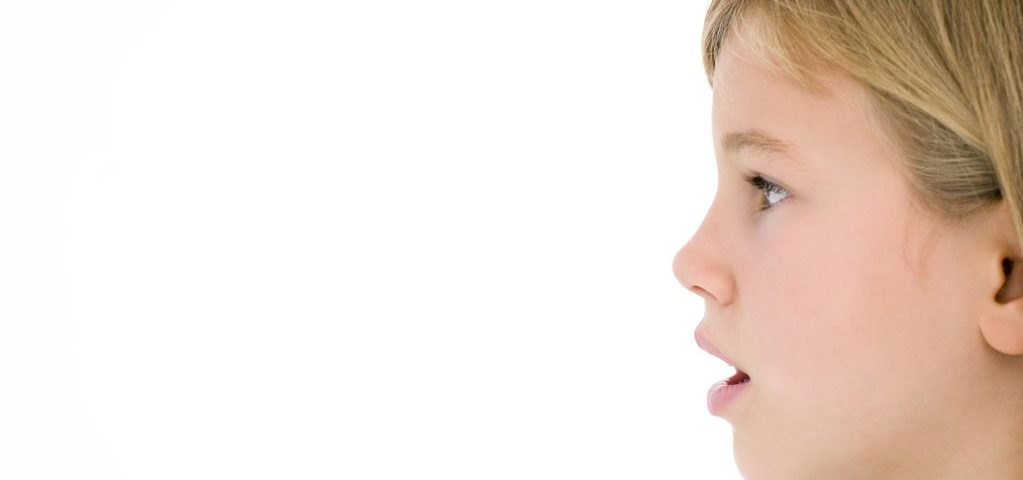
How Breathing with Our Diaphragm Can Counter Sleep Apnoea and Anxiety
March 15, 2015
Shut Your Mouth…and Save Your life
September 22, 2015As a mouth-breathing child I would look into the mirror and often wonder why my teeth were crooked. The growth line of my teeth did not appear to naturally follow the arch of my gums and the shape of my jaw. They looked overcrowded. They seemed to jostle for space with one or two teeth growing out to one side or to the other. It was as though they were constantly looking for greener pastures.
My posture was not good. My shoulders were stooped and in line with my lowered head and dropping neck. In time I would develop neck and lower back problems associated with my posture.
Dr Dan Hanson, a holistic dentist, and breathing educator has provided me with many answers to my questions in the article Difficulties achieving orthodontic stability? – The answer may be blowing in the wind
I now understand that my open-mouthed breathing affected the direction in which my teeth and jaws grew. As my tongue sat lower to allow large volumes of air to pass over it my facial muscles pushed on my jaws. Mouth breathing contributed to reduced jaw growth.
Mouth breathing also altered my head and neck posture, as the jaw joint and it’s position affects overall body posture. Furthermore, instead of my tongue resting against my palate during nasal breathing, it was lowered due to mouth breathing. This did not facilitate an erect posture. My lowered tongue and open mouth caused my head to lower and neck to lean slightly forward.
As an habitual mouth breather who breathed too quickly and too much I often had bags under my eyes. They were sometimes accompanied by dark rings. My racoon-like appearance was most unattractive. What caused this misplaced mascara to appear under my eyes?
Dr Hanson describes the effects of venous pooling.
Basically, a mouth breather suffers a reduction of CO2 in the blood causing a constriction of the inferior orbital vein and other veins and arteries. In addition, those who have a narrow upper jaw can experience less venous drainage from the inferior orbital vein due to less space for drainage.
So deoxygenated or venous blood then pools beneath the eyes. According to Dr Hanson, a patient is likely to show symptoms of venous pooling if s/he habitually mouth breathes and has a narrow upper jaw.
Furthermore, a reduction of CO2 in the blood causes a deficiency of oxygen to our cells as our blood haemoglobin will not efficiently release oxygen if our CO2 level is low (see the Bohr effect – named after the Danish Physicist, Dr Christian Bohr).
So we are not just dealing with teething problems if we do not correct our breathing habits and the breathing habits of our children.

